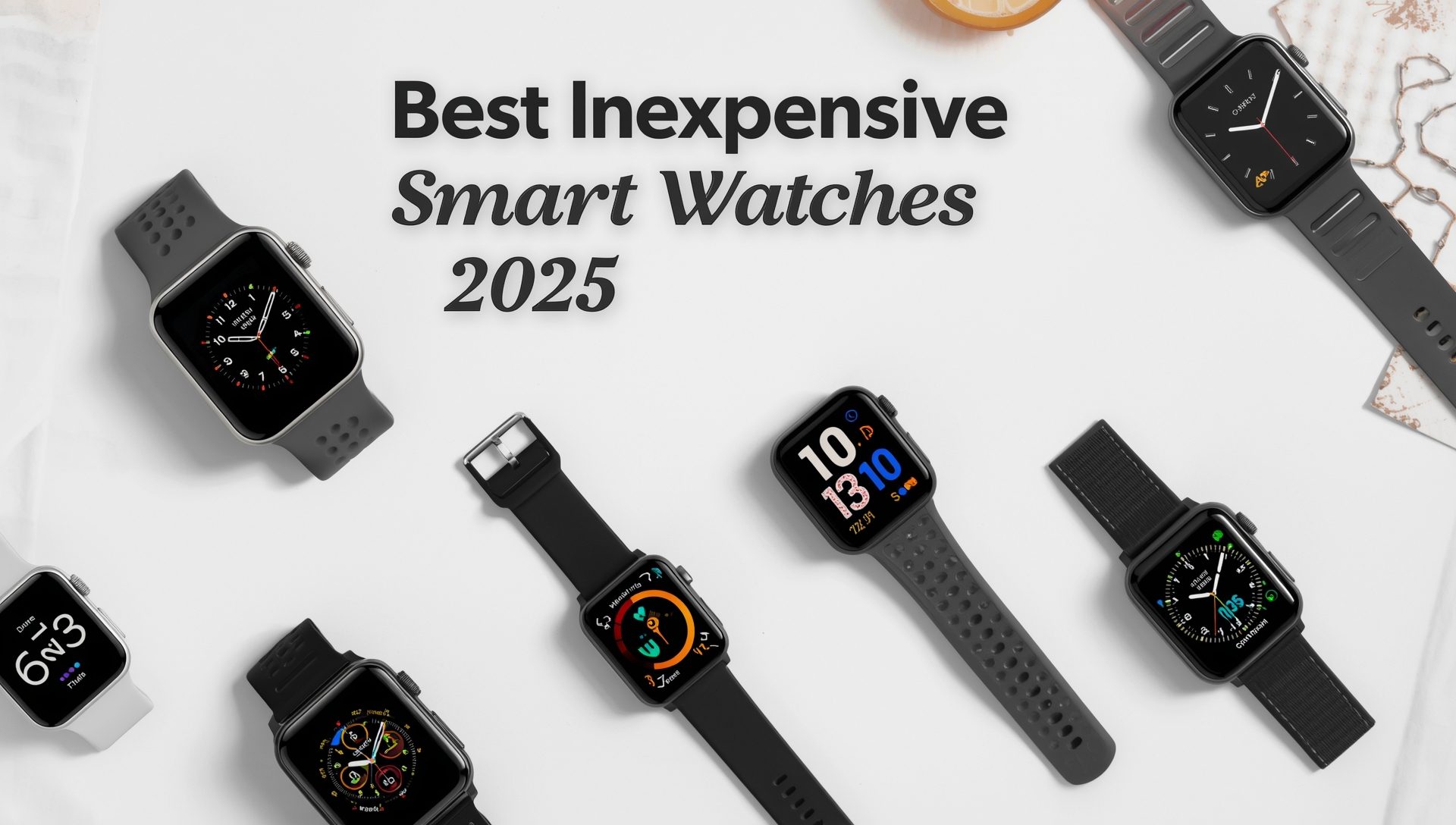The smartwatch industry has exploded over the past decade, transforming from a niche gadget into a mainstream wearable technology. While many associate Apple with premium pricing and high-end devices, the company has surprisingly carved a significant share in the low-end smartwatch market. This paradox raises the question: why does Apple dominate even among budget-conscious consumers? In this article, we explore Apple’s strategy, the role of older models, and how it compares to other options in the best inexpensive smart watches category.
Apple’s Strategy in the Low-End Segment
Apple’s dominance in the low-end smartwatch market is largely due to strategic product positioning. The company releases older generation models at discounted prices once new models launch. For example, the Apple Watch SE and Series 3 offer core Apple functionality, including notifications, fitness tracking, and app compatibility, at significantly lower prices than the newest flagship models.
Several factors contribute to Apple’s success in this segment:
Ecosystem Lock-In
Apple’s ecosystem creates a seamless experience between iPhones, iPads, Macs, and Apple Watches. Even a lower-cost smartwatch integrates perfectly with iPhones, providing users with notifications, health tracking, and connectivity that budget competitors often cannot match.
Software Support
Apple continues to provide updates to older devices, ensuring longevity. This is rare in the best inexpensive smart watches segment, where many affordable brands discontinue support within a year. Users get a device that feels up-to-date even at a lower price point.
Resale Value
Apple watches maintain strong resale value compared to most budget alternatives. Even older models are in demand in second-hand markets, giving consumers confidence that their investment holds value.
The Appeal of Older Apple Models
Apple’s older smartwatches, such as the Apple Watch Series 3 or Apple Watch SE, offer many of the features users seek without the premium cost. These features include:
Heart rate monitoring
Sleep tracking
Fitness and activity tracking
Notifications and app alerts
Water resistance
By offering these features at lower price points, Apple effectively targets users who want reliability and brand assurance but cannot afford the newest flagship device.
Comparison with Other Budget Smartwatches
The best inexpensive smart watch market is competitive, with brands like Samsung, Garmin, Fitbit, and Amazfit offering affordable options. However, Apple maintains an edge due to:
Consistent user experience: Many budget smartwatches have clunky interfaces or limited app support. Apple ensures smooth performance even on older models.
Brand trust: Consumers often prefer Apple due to reputation for quality and customer support.
Integration with iOS devices: Non-Apple smartwatches often face limitations when paired with iPhones.
For instance, an Amazfit or Fitbit device may offer similar sensors at half the price, but they lack the seamless iOS integration, which is a significant advantage for iPhone users.
Marketing and Consumer Perception
Apple’s marketing also plays a key role. By positioning older models as “affordable,” Apple leverages the perception of premium quality at a lower cost. Consumers feel they are getting the brand’s reliability and prestige without paying for cutting-edge technology. This strategy helps Apple capture a segment of the market often ignored by traditional premium-focused companies.
Why the Low-End Market Matters to Apple
The low-end market is critical for Apple for several reasons:
Market Expansion: It allows Apple to reach younger consumers or those new to smartwatches.
Brand Loyalty: Once users are in the Apple ecosystem via a budget smartwatch, they are more likely to upgrade to premium models later.
Competitive Positioning: Competing in the low-end segment prevents other brands from dominating and strengthens Apple’s overall market share.
Tips for Choosing the Best Inexpensive Smart Watches
For users who cannot afford the newest Apple Watch, there are several strategies to get the best inexpensive smart watches:
Consider Older Apple Models: Series 3 or SE models provide excellent performance at a lower price.
Check Compatibility: Ensure the smartwatch works seamlessly with your phone’s operating system.
Compare Features vs. Price: Evaluate features like heart rate monitoring, GPS, battery life, and fitness tracking to ensure value for money.
Read Reviews: User and expert reviews help determine reliability and performance.
Even outside Apple, brands like Amazfit, Garmin, and Fitbit offer strong alternatives, but they often cannot match the ecosystem benefits Apple provides.
Conclusion
Apple’s ability to dominate the low-end smartwatch market is a combination of smart pricing, ecosystem integration, reliable performance, and effective marketing. While the term “low-end” might suggest compromise, Apple manages to deliver a premium experience even in older, budget-friendly models. For users seeking the best inexpensive smart watches, Apple’s older generation devices are often the most reliable, feature-rich, and long-lasting options available.
As the smartwatch market continues to grow, Apple’s strategy shows that dominating the budget segment is not just about price but about providing consistent value, software support, and a seamless user experience that competitors find difficult to replicate.
